15 Mind-Blowing Facts About The Golden Cavefish That Has Scientists Stunned
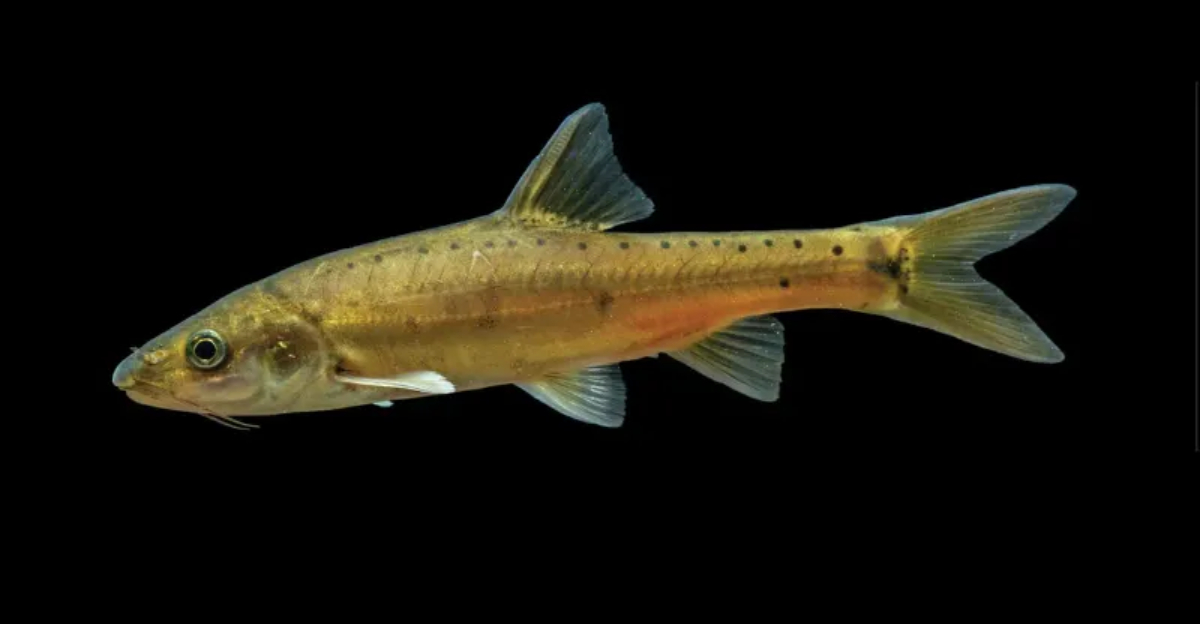
Hey there, fellow nature enthusiasts! Grab your explorer hat as we dive into the dazzling world of the Golden Cavefish, a creature that’s got scientists buzzing and scratching their heads in wonder.
Forget what you know about dull, eyeless cave dwellers; this new discovery is rewriting the rulebook on subterranean life.
1. Striking Golden Appearance
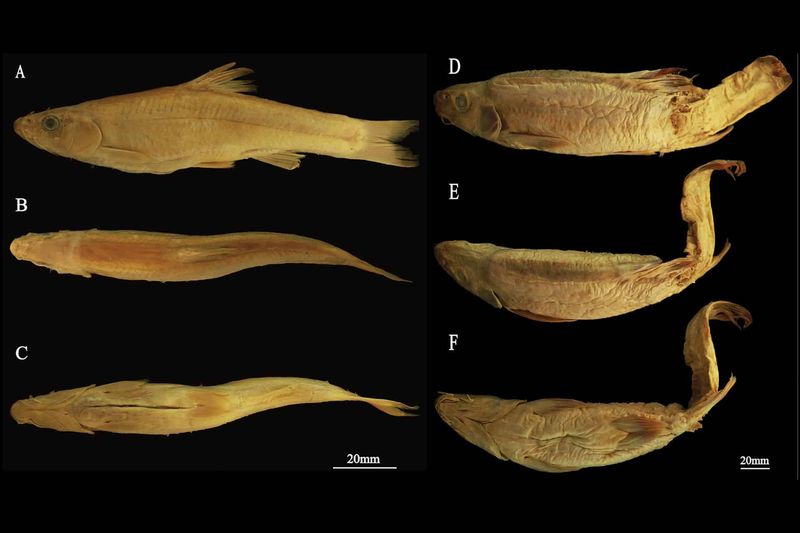
Forget the usual drab colors of cave-dwelling creatures. This fish sports a dazzling golden body adorned with irregular black markings.
It’s like Mother Nature decided to throw a splash of color into the depths of darkness. Such a brilliant appearance is not just eye-catching but also serves as an incredible camouflage against predators.
This shimmering spectacle has defied the norm, making us question everything we thought we knew about cave aesthetics.
2. Lacks Protective Scales

Unlike most fish that are covered in protective scales, our golden cavefish friend is completely bare.
This scaleless feature might seem like a disadvantage, but it actually helps the fish squeeze through tight subterranean spaces with ease. I
The absence of scales offers a softer, more flexible body, perfect for life in rocky, confined spaces of its cave habitat.
3. Possesses Large, Functional Eyes
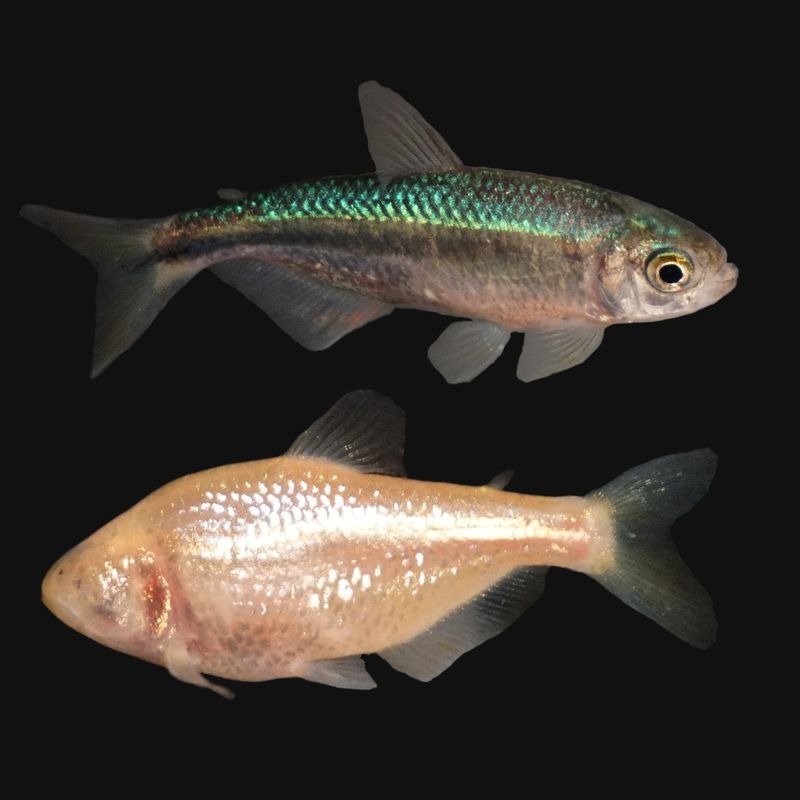
Unlike many of its blind cave-dwelling counterparts, this golden marvel retains large, functional eyes. This suggests it might still rely on vision, a rarity in the dark depths.
These eyes are more than just for show, hinting at a unique evolutionary path. Could it be that this fish is a living transition, balancing between light and dark?
It certainly challenges our assumptions about life in the deep and the mysteries it holds.
4. Newly Discovered Species

In early 2025, researchers stumbled upon the Sinocyclocheilus xingrenensis, a fascinating newcomer in the world of cavefish, found in southwestern China.
This recent discovery is causing quite a stir in scientific circles. Why? Because finding a new species is like hitting the jackpot for biologists!
They can’t get enough of studying its quirks and nuances. Who knows what other surprises nature has up her sleeve? This golden wonder is just the tip of the iceberg!
5. Still Undergoing Evolution

Caught between two worlds, this fish is a living snapshot of evolution in action. With its large eyes and lack of scales, it seems to be in an intermediate stage of adapting to cave life.
Evolution doesn’t happen overnight, and this cavefish is taking its sweet time, showcasing a fascinating blend of old and new traits.
6. Recent Transition To Cave Habitat
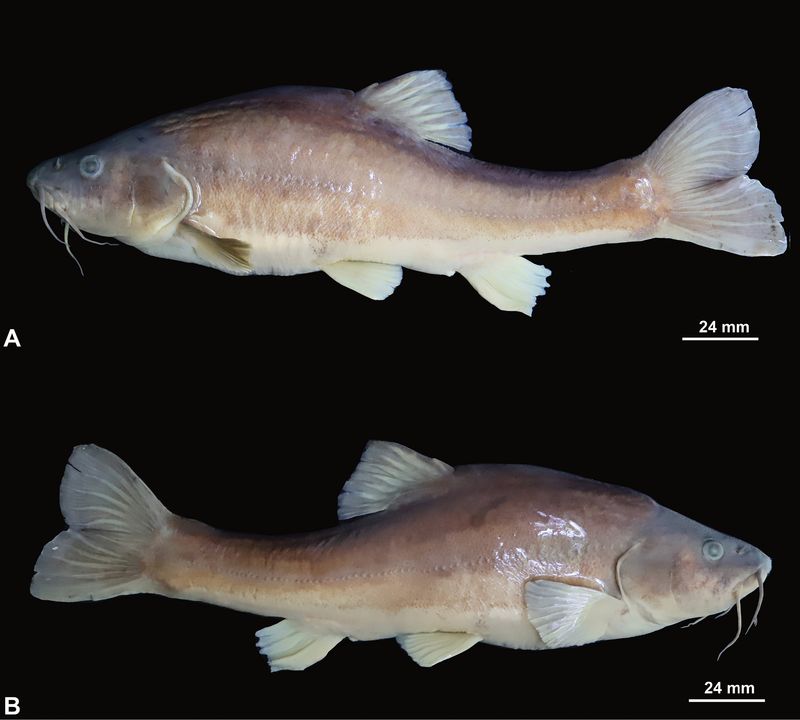
Genetic analyses have revealed this fish’s ancestors made the move to cave environments not too long ago, possibly during the Pleistocene epoch.
This recent transition suggests that these golden beauties are relatively new to the subterranean scene. It’s like they’re the latest arrivals at the underground party, still figuring out how to blend in.
Such a shift opens up exciting research avenues about adaptation and survival in new habitats.
7. Part Of A Unique Genus
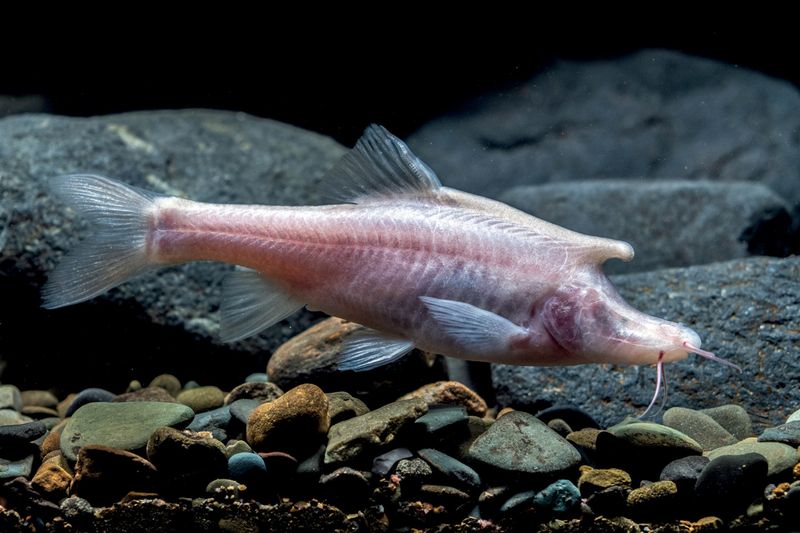
Meet the Sinocyclocheilus genus, a fascinating family that boasts over 80 species, many of which are cave dwellers.
Our golden cavefish proudly belongs to this exclusive club, showcasing an array of adaptations fit for cave living.
Each species in this genus tells a different story, yet they all share a common thread of subterranean survival. It’s a living library of evolution, with our golden friend being one intriguing chapter.
8. Absence Of Horn-Like Structures
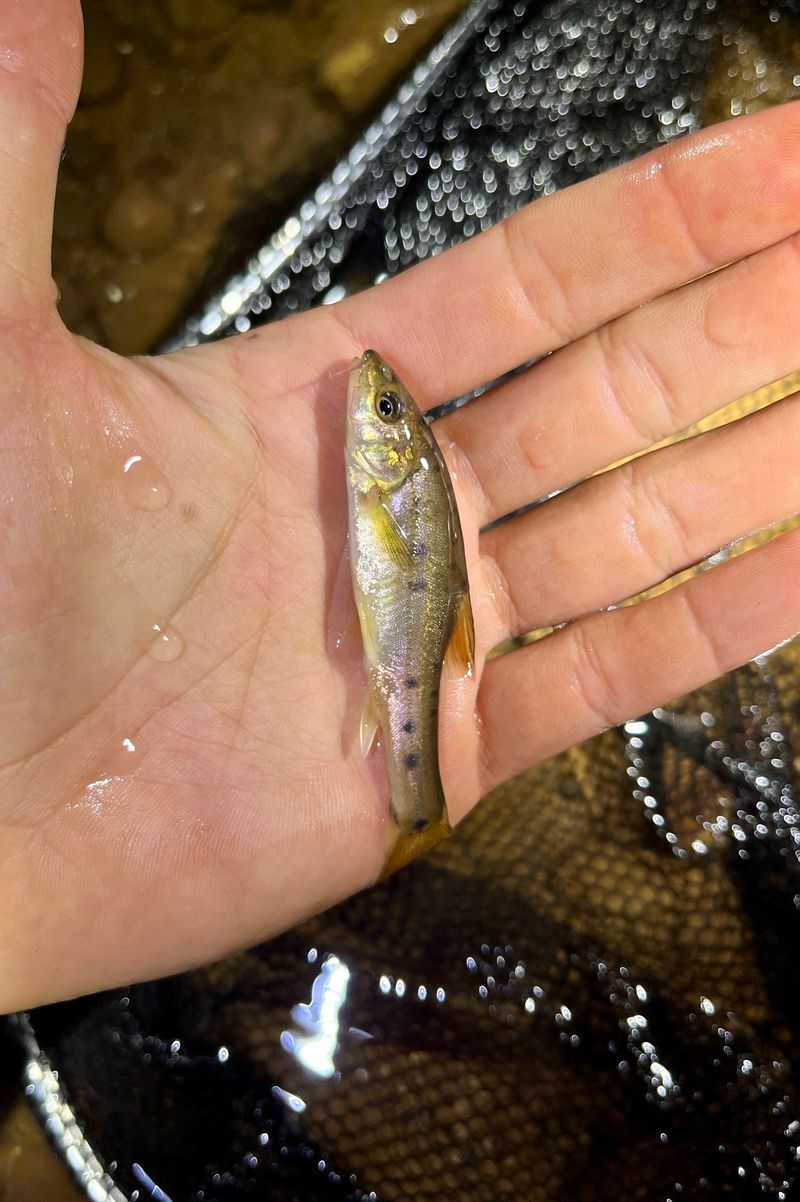
Unlike some of its relatives in the Sinocyclocheilus genus that sport horn-like protrusions, this fish goes without. It’s a minimalist in the world of flashy features, focusing on its golden glow instead.
Perhaps it’s all about making a statement with understated elegance? This absence raises questions about the varying evolutionary pressures within the genus and what drives these differences.
Could it be style over function?
9. Behavior Influenced By Light Cycles
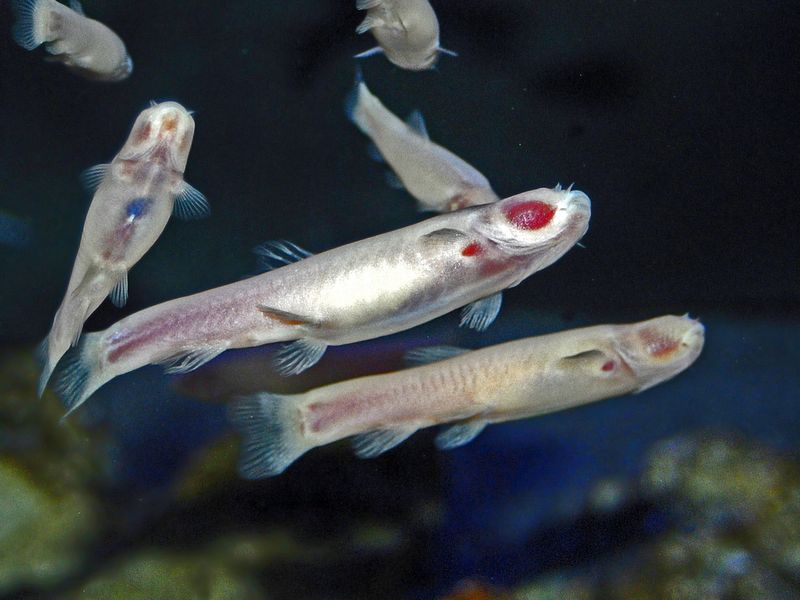
Even in the darkness, light plays a role in the life of this fish. Its activity patterns might still be tied to external light cycles, thanks to its habitat’s connection to the surface.
Imagine living in a place where night and day still have meaning! This fascinating behavior suggests that even the depths can’t completely sever ties with the surface world.
10. Distinctive Fin Placement
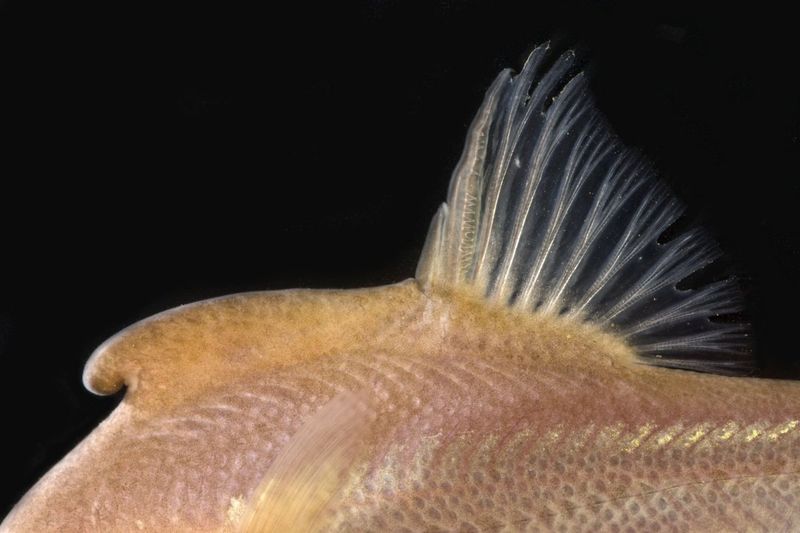
One glance at this fish, and something might catch your eye—its distinctive fin placement. Its pectoral and pelvic fins are positioned differently compared to its relatives, making it stand out in the crowd.
These unique features aid in its identification and could play a role in its movement through the cave waters.
11. Vulnerable To Human Activities
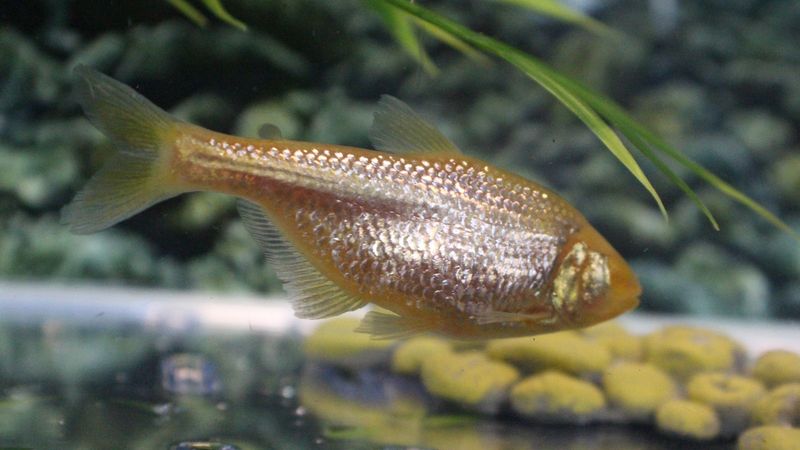
With human settlements encroaching nearby, this species faces a unique set of challenges.
Pollution and habitat destruction are knocking at its door, reminding us of the delicate balance between progress and preservation.
As we expand our footprint, we must tread carefully not to push such wonders to the brink.
The golden cavefish serves as a stark reminder that our actions have consequences, and we hold the key to its future survival.
12. Offers Insight Into Evolutionary Processes
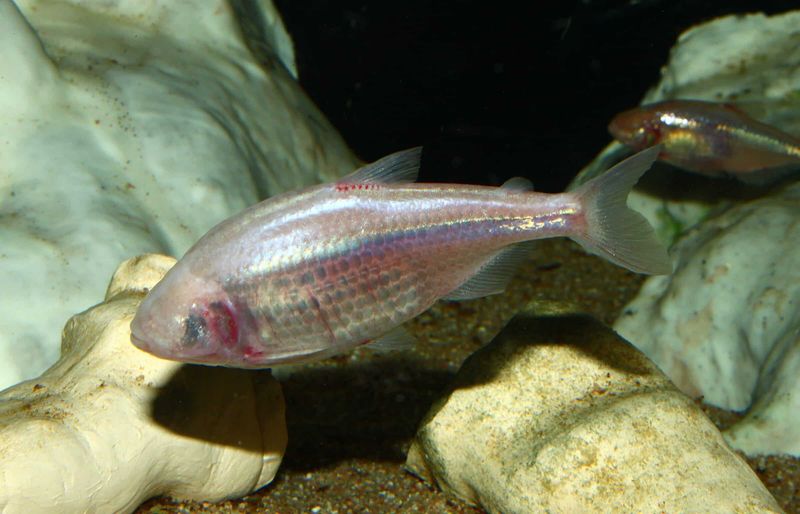
Studying this species is like having a front-row seat to the grand theater of evolution. It offers a rare opportunity to observe adaptations as they happen.
Every trait, from its eyes to its fins, tells a story of survival and change. This fish is a living testament to the power of nature’s ingenuity.
For scientists, it’s a treasure trove of information, revealing the intricate dance of evolution in the subterranean world.
13. Highlights Biodiversity In Subterranean Ecosystems
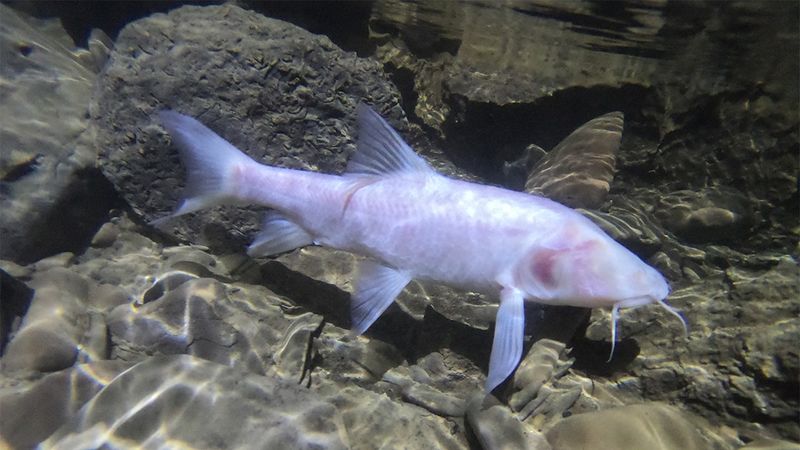
The discovery of this golden gem shines a light on the often-overlooked biodiversity lurking below the surface.
Caves are more than just dark, empty spaces; they hold a vibrant tapestry of life waiting to be explored.
This fish is a shimmering ambassador for its subterranean home, showcasing the incredible adaptations and diversity thriving in the darkness.
14. Challenges Assumptions About Cavefish Evolution
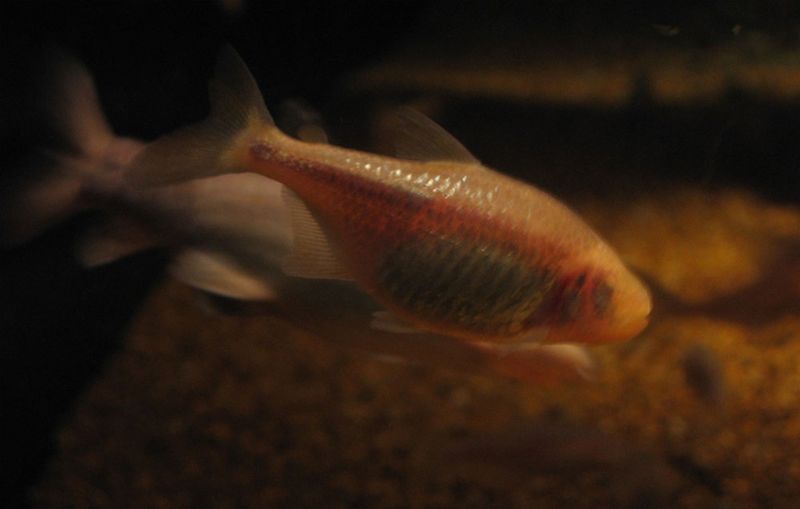
For years, we assumed all cavefish were destined to lose their sight, but this golden specimen has other plans.
Its large eyes challenge the status quo and invite us to rethink our understanding of cavefish evolution. It’s a reminder that nature loves to throw curveballs, and not everything is as predictable as it seems.
This unexpected trait pushes the boundaries of what we thought we knew, opening up a world of possibilities.
15. Potential For Further Scientific Discoveries
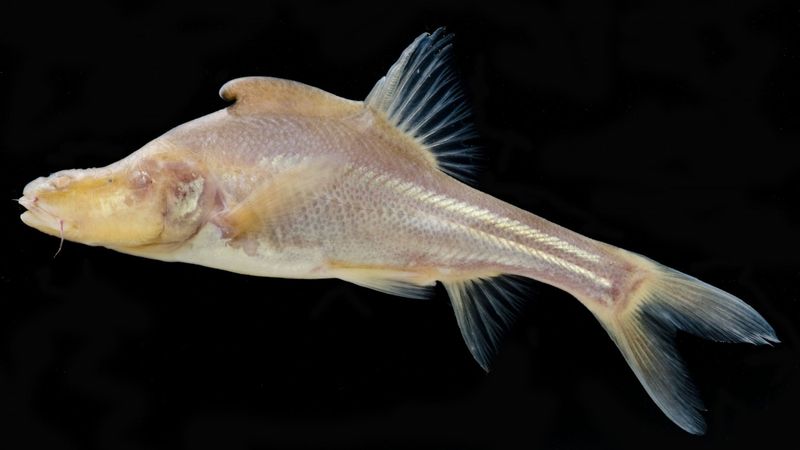
The tale of the golden cavefish is far from over. Its existence opens the door for further scientific discoveries, sparking curiosity and wonder.
Researchers are eager to delve deeper, exploring how species adapt to extreme environments over time. What secrets lie hidden in its genes, waiting to be unraveled?
This fish is more than just a curiosity; it’s a catalyst for new research, promising insights that could reshape our understanding of evolution.






